Understanding Land Encroachments in Queensland
Higher density living in our cities is one reason the issue of land encroachments increasingly pose potential problems between neighbours. The issue can also arise when an owner decides to improve their land or even demolish an existing house to build a new one.
An encroachment occurs when part of a building or structure on one parcel of land extends beyond its boundaries, intruding onto an adjoining parcel of land. Encroachments can take various forms, including structures like fences, retaining walls, buildings, trees, or even underground pipelines. Such encroachments can potentially affect land values and create legal conflicts between neighbours.
Queensland’s Property Law Act 1974 (‘the Act’) is the legislation covering the issue of land encroachments when disputes arise between property owners. This article looks at types of land encroachments and how disputes between property owners can be legally resolved.
Understanding land encroachments
When a part of a structure on one property extends onto an adjacent property, it is considered an encroachment. Encroachments can occur inadvertently or intentionally, but in either situation they can lead to legal disputes.
Types of encroachments:
Structures - buildings or structures including garages, sheds, walls and fences extending beyond the boundary onto an adjoining property.
Overhanging trees - branches or roots of trees from one property may overhang or intrude onto another property, potentially causing damage or disputes.
Underground utilities - encroachments can also occur underground, with utilities like water pipes, sewer lines, or electrical cables extending into neighbouring properties without proper authorisation.
Easements - which grant certain rights over a property, can also be subject to encroachments if the rights of the easement holder are exceeded or if the easement is misused.
What can a court order under the Act
When land encroachments lead to disputes between property owners, the Property Law Act provides a legal framework for resolution. While it’s always advisable to try and resolve the issue through direct contact between the parties to try and negotiate a mutually acceptable outcome, sometimes court intervention will be required. Courts can issue various orders to address these issues including:
Removal order: The court may order the removal of the encroaching structure, be it a fence, building, or tree. This order typically comes with a deadline for compliance.
Compensatory orders: In cases where removal isn't feasible or fair, the court may order the encroaching landowner to compensate the affected party for the loss of use or damage caused by the encroachment. The amount of compensation will be determined by the circumstances of each case, with the minimum amount payable generally considered to be the unimproved capital value of the encroached land. This amount may increase substantially if the encroachment is judged to have been intentional or resulting from negligence.
Injunctions: The court can issue injunctions to prevent further encroachments or to halt any ongoing construction or expansion of an existing encroachment.
Boundary adjustment orders: If the encroachment is minor and both parties agree, the court may order a boundary adjustment to regularise the situation and bring the encroachment within the property boundary. This order sees the encroached land transferred to the encroaching neighbour on just terms, including the payment of compensation and costs associated with the transfer.
Consent orders: In some cases, parties involved may reach a mutually agreed-upon settlement, which can then be presented to the court as consent orders for approval.
Dispute resolution: The court may also encourage the parties to resolve their dispute through alternative dispute resolution methods, such as mediation or negotiation.
Declaration of easement: In situations where the encroachment serves a beneficial purpose for both parties, the court may declare an easement, allowing the encroachment to continue with legal recognition.
What factors does the court consider in making a decision?
In determining the order to make in a dispute over a land encroachment, the court will consider a number of issues, including:
- whether the application is made by the adjacent owner or by the encroaching owner;
- the character of the encroaching building, and the purposes for which it may be used, including whether it can be characterised as a ‘substantial and permanent’ structure under the definition of a building in Part 11 of the Act;
- the nature and extent of the encroachment;
- the loss and damage suffered by the adjacent owner;
- the loss and damage incurred by the encroaching owner if they were required to remove the encroachment;
- the circumstances by which the encroachment came to be;
- the value of the land.
In cases where removal of the encroachment would be too expensive for a property owner, when compared with the reduction in value of the property encroached upon, the court may be more likely to order compensation rather than removal.
Consult expert lawyers
A land encroachment between neighbours can present complex and potentially fractious issues, often requiring legal intervention. Where agreement between the parties can’t be reached and dispute resolution fails, the court can make a range of orders under the Property Law Act 1974. The guidance of legal professionals with expertise in this area of property law is essential for the rights and responsibilities of property owners on either side of the dispute to be understood.
Our expert property lawyers team at Frigo James Legal can help you deal with the issue of land encroachments and seek the legal solution that will best meet your needs.





